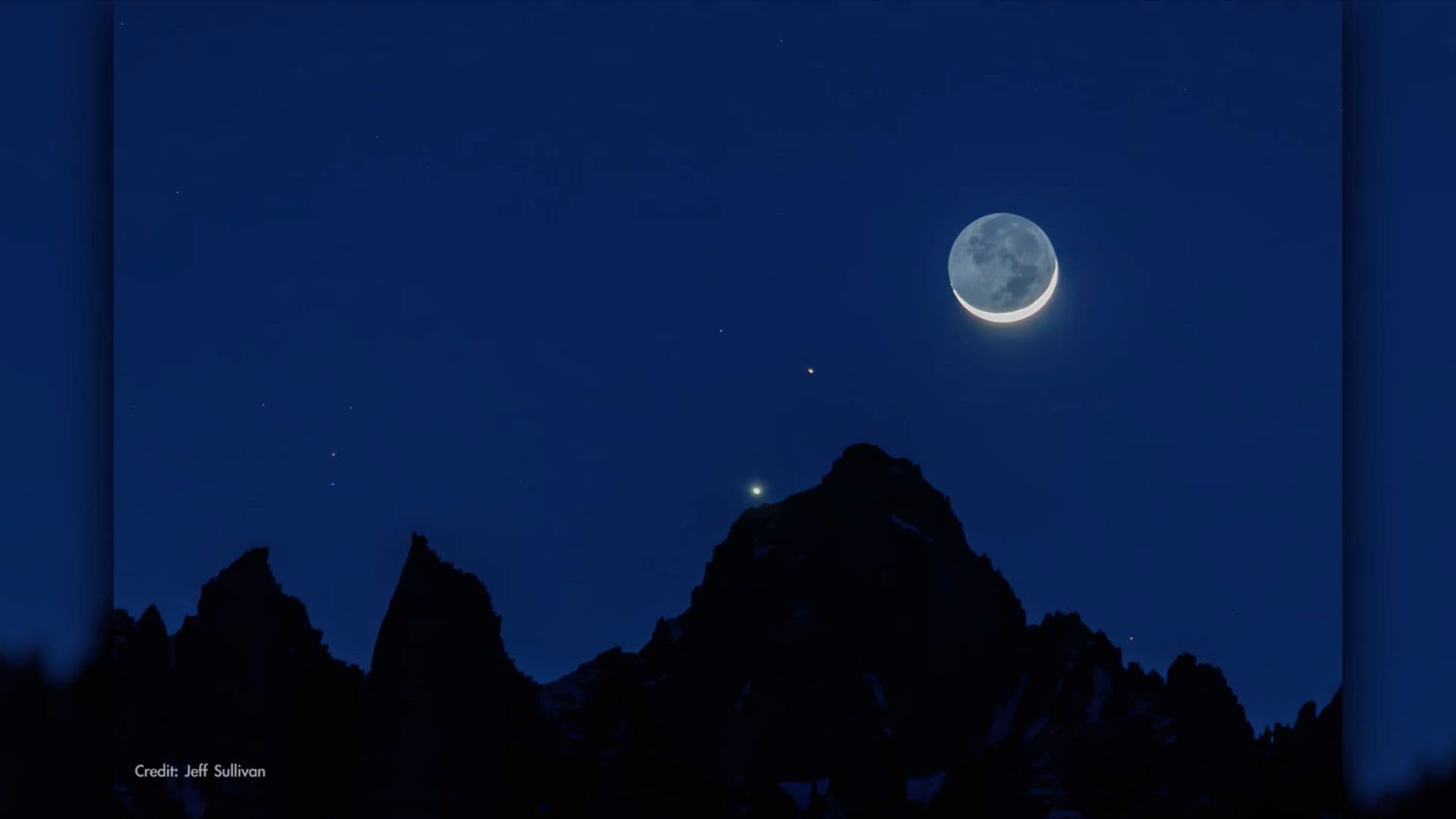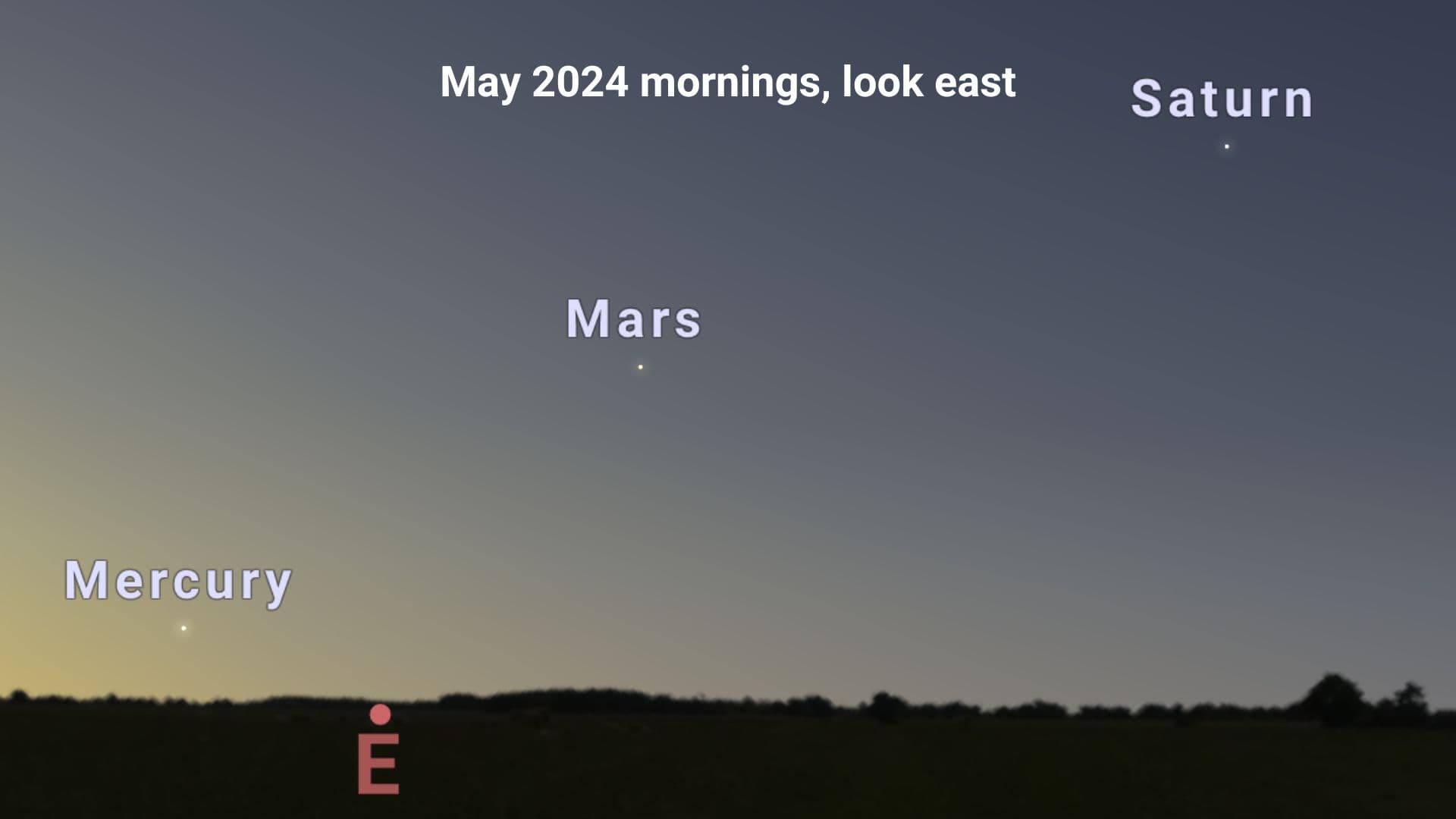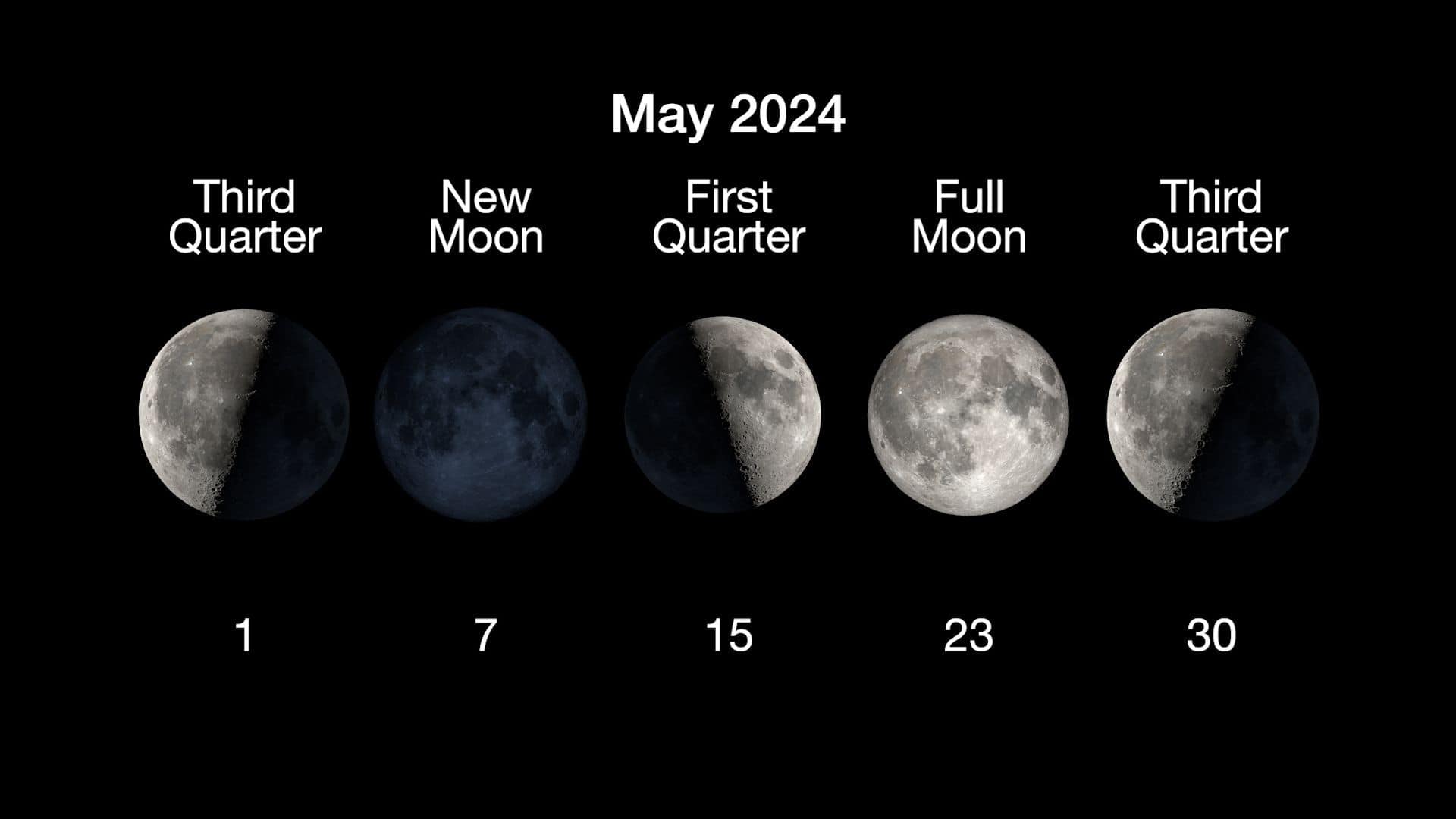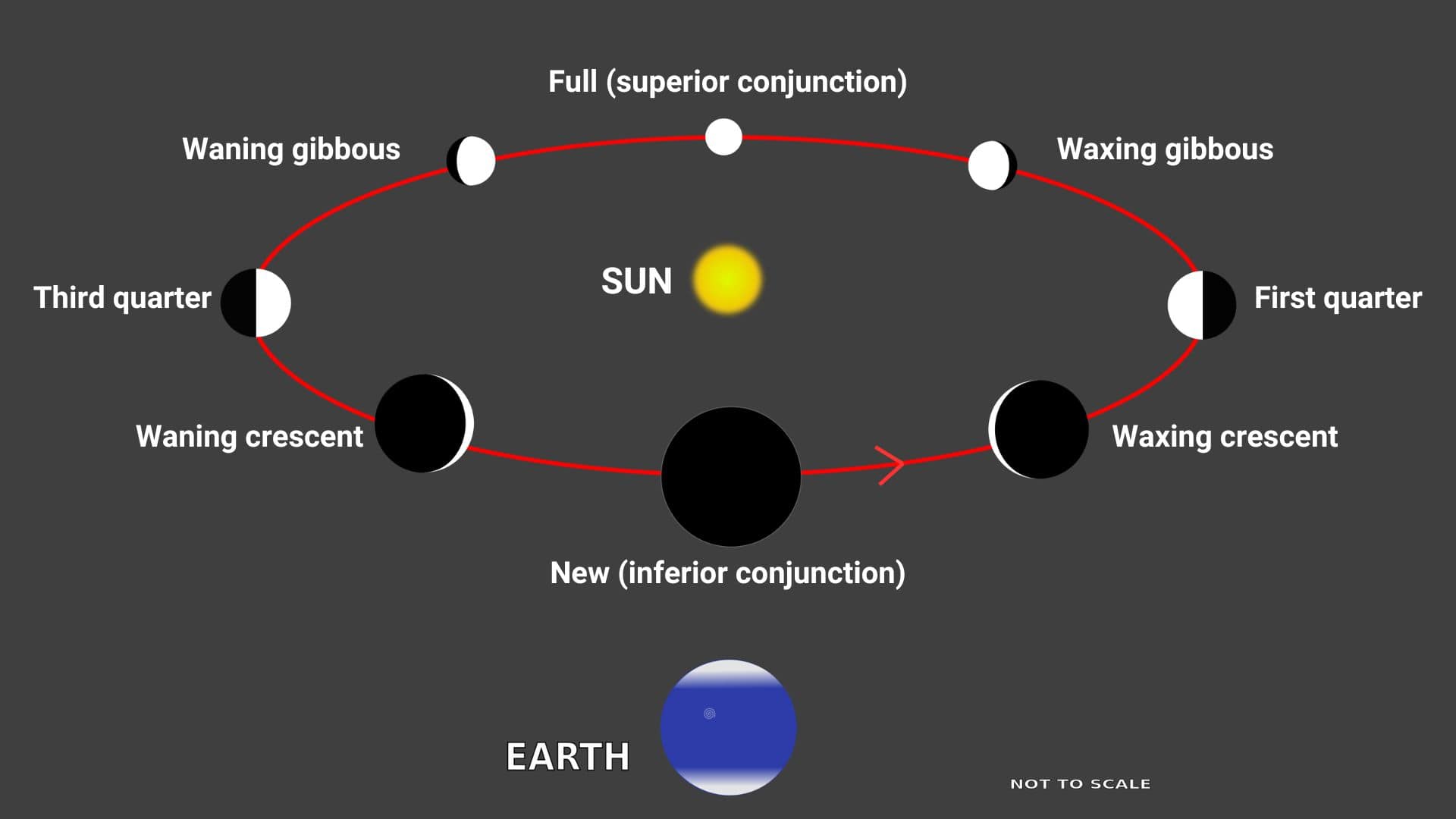A third quarter moon is a waning half-full moon
A waning moon starts right after a full moon and lasts until it becomes a new moon. During a waning moon, the illuminated area of the moon decreases from 100% (full moon) to 0% (new moon). Here waning means decreasing or shrinking.
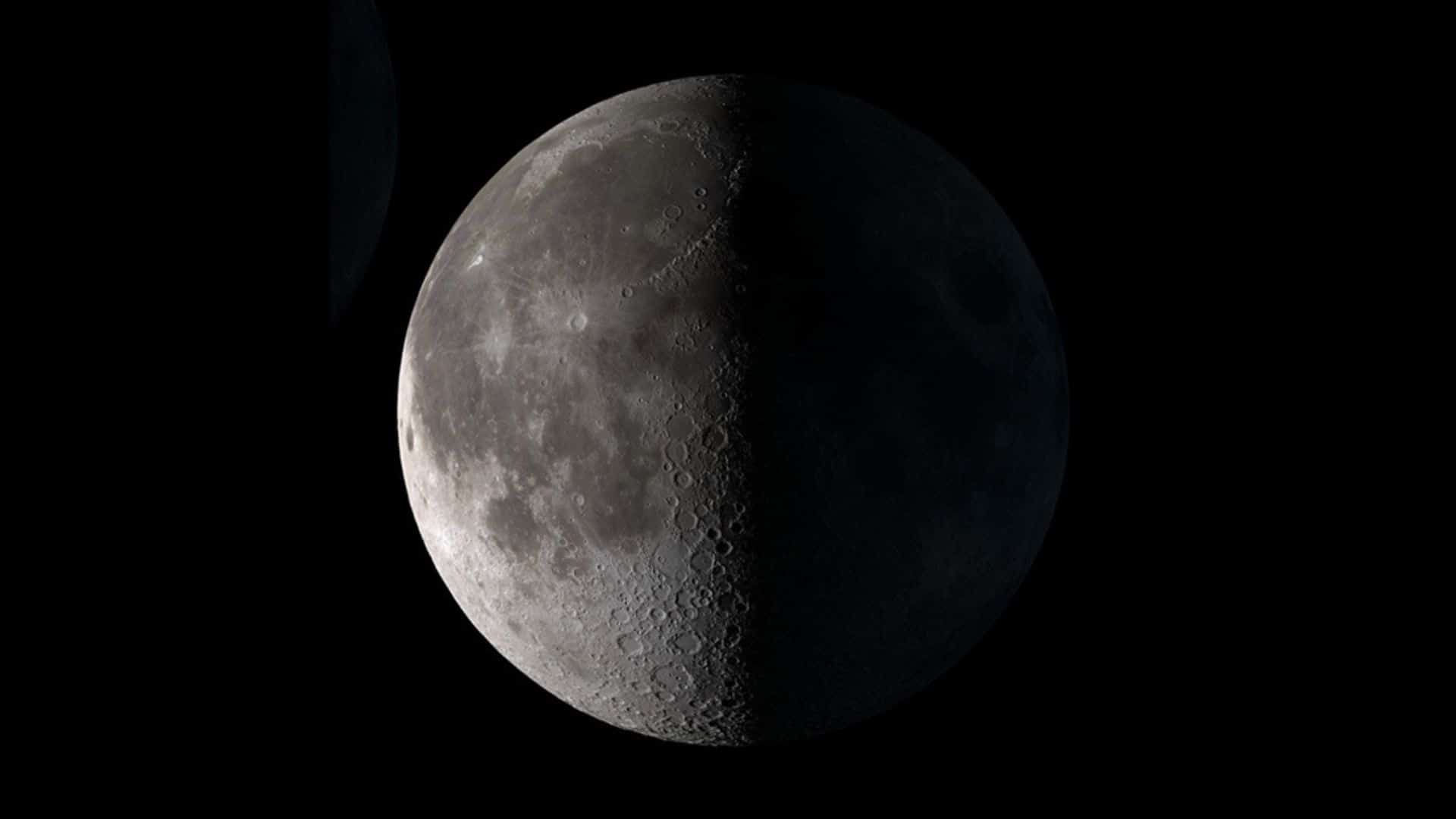
Now a third quarter moon appears in the middle way between a full moon and a new moon when the moon is exactly 50% illuminated. As a third quarter moon is 50% illuminated that’s why it looks like a half-full moon. Please remember, it is the opposite half compared to a first quarter moon.
A third quarter moon is seen in the sky around three weeks after the new moon and around one week after the full moon.
Meaning of the third quarter moon
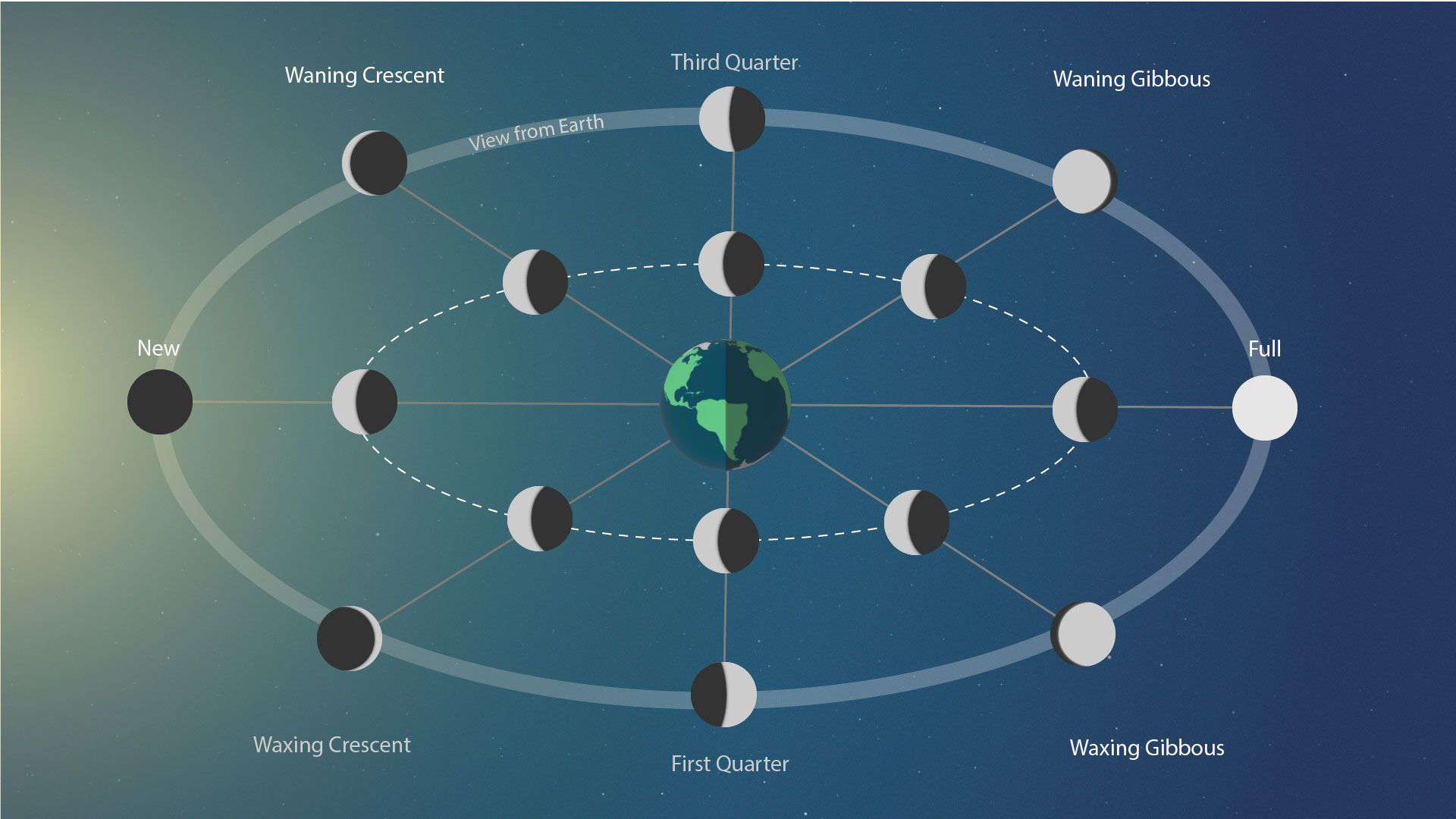
A third quarter moon is when the moon travels up to three quarter area or 3/4 area or 270° area out of 360 degrees in its orbit around the earth.
We measure a three quarter area or 270° area from the position of a new moon (when the Moon is located in front of the Sun with respect to the Earth).
Why is it called a third quarter moon, not a half moon?
Because we see two half-moons or half-full moons in a lunar cycle.
The first half moon is seen in the middle way between a new moon and a full moon when the moon travels one quarter area in its orbit around the earth. This is called a first quarter moon.
A second half moon is seen in the middle way between a full moon and a new moon when the moon travels up to three quarter area in its orbit around the earth. This is called a third quarter moon.
As the moon looks the same in both cases, that’s why it’s named after the area traveled by the moon in its orbit.
Rise and set time of a third quarter moon
A third quarter moon rises around midnight (at around 12 a.m. local time), reaches highest point (overhead point) in the sky around the time of sunrise and sets around noon (at around 12 p.m. local time).
So a third quarter moon is best visible around the time of sunrise when it’s high in the sky.
Duration of a third quarter moon
A third quarter moon occurs at a precise moment when the moon travels exactly three quarter area in its orbit around the earth.
As a third quarter moon occurs at a precise moment in time that’s why it has no duration.
Third quarter moon looks opposite in opposite hemispheres
A half-full moon is seen from anywhere in the world during a third quarter moon however it looks opposite in opposite hemispheres.
Left half of the moon is seen from the Northern Hemisphere and right half of the moon is seen from the Southern Hemisphere during a third quarter moon.
People living in the southern hemisphere (south of the equator) observe the same third quarter moon from opposite angles than the people living in the northern hemisphere (north of the equator) and the moon looks upside down.
Read about all eight phases of the moon: New moon Waxing crescent First quarter Waxing gibbous Full moon Waning gibbous Third quarter Waning crescent
Please follow us on Facebook and Twitter to get latest space news, upcoming skywatching events and astronomy-related content.
